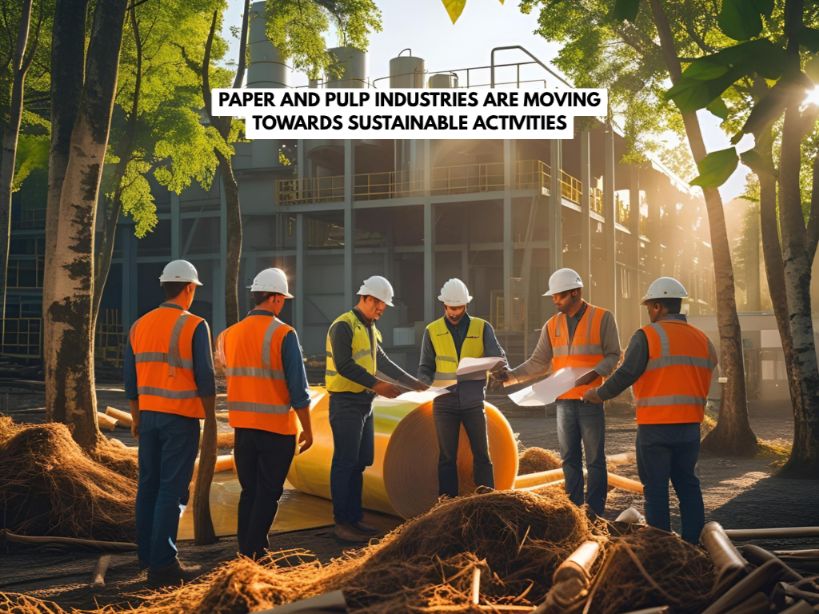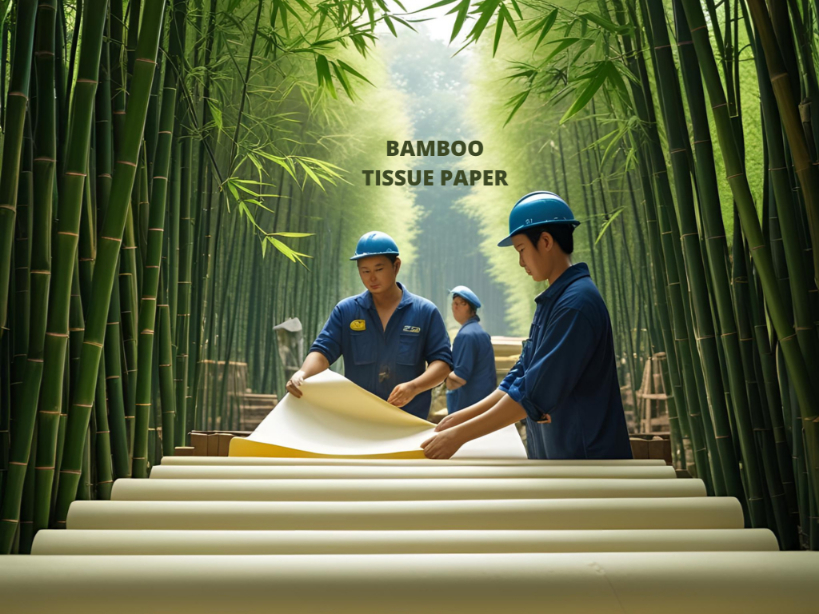PULP & PAPER 2025:10 INDUSTRY DISRUPTORS AND HOW TO STAY AHEAD
The pulp and paper sector is undergoing one of its most significant shifts in decades. As 2025 unfolds, the landscape is marked by rising costs, regulatory complexities, and a growing urgency for sustainable operations. From raw material volatility to digital reinvention, the challenges are many, but so are the opportunities. To stay future-ready, businesses must rethink their strategies and adapt with speed and foresight.
Let’s unpack ten key forces redefining the future of papermaking.
SUSTAINABILITY IS NO LONGER OPTIONAL
Eco-consciousness is at the core of modern industrial expectations. The pulp and paper sector is under growing pressure to minimize its ecological footprint, particularly in areas like water usage, carbon emissions, and waste handling.
Key impacts:
- High energy demand leads to elevated emissions and expenses
- Intensive water usage strains local ecosystems
- Poor waste protocols can trigger fines and brand damage
Response strategy: Companies need to transition to circular production models, integrate low-impact technologies, and report transparently on ESG goals.
RISING INPUT COSTS & GLOBAL SUPPLY VOLATILITY
The cost of doing business has escalated sharply. With pulp prices fluctuating, chemical sourcing becoming unpredictable, and logistics strained by global uncertainties, procurement teams face an uphill battle.
Next moves:
- Source alternative fibers (like straw, hemp, and bagasse)
- Boost investment in recycled content and closed-loop systems
- Strengthen multi-region supplier networks for resilience
TALENT CRISIS: FEWER HANDS ON DECK
Skilled labor is becoming harder to find. Younger professionals often bypass the industry, and many veterans are approaching retirement without clear successors.
Possible fixes:
- Automate repetitive tasks to reduce human dependency
- Invest in re-skilling and leadership development
- Make the sector more attractive with safety and innovation narratives
GREEN LAWS ARE GETTING TOUGHER
New environmental mandates are sweeping through regions, placing tighter limits on emissions, deforestation, and water use. Non-compliance isn’t just costly, it’s reputationally damaging.
To stay shead:
- Implement clean technologies early
- Shift to biodegradable, compostable paper products
- Reimagine waste as a resource through recycling innovation
FORESTS UNDER THREAT: RETHINKING RAW MATERIAL SOURCING
The reliance on wood-based pulp is facing strong backlash. Deforestation concerns are prompting buyers, regulators, and end-users to demand traceability and greener alternatives.
Key shifts:
- Explore non-wood pulp sources
- Adopt forest stewardship and certification practices
- Build traceable procurement systems using digital tools
TECH UPGRADES ARE REDEFINING THE MILL FLOOR
With Industry 4.0 becoming the norm, digital adoption is no longer a luxury, it’s a lifeline. AI, IoT, and automation are enabling smarter mills that operate with less waste, better precision, and reduced downtime.
Leading innovations:
- Real-time sensors to optimize energy use
- Predictive maintenance to reduce operational halts
- AI-driven demand forecasting and quality checks
PAPER USAGE IN PUBLISHING DECLINES
As digital media consumption continues to soar, traditional paper segments are shrinking. Office paper, print publications, and written communication have seen a consistent dip.
But there’s growth in:
- Sustainable paper packaging replacing single-use plastic
- Specialty segments like food-safe, pharma-grade papers
- Custom-designed paper solutions for luxury retail
MODERNIZATION COMES WITH A PRICE
Upgrading outdated infrastructure is vital but capital-intensive. Meanwhile, high power requirements remain a persistent concern.
Practical improvements:
- Switch to high-efficiency turbines and boilers
- Use bio-based energy sources
- Apply digital twins for better asset management and process optimization
DEMAND ISN’T WHAT IT USED TO BE
Market unpredictability has become the norm. From post-pandemic shifts to climate disruptions, companies are learning to operate with increased agility.
Winning moves:
- Develop adaptive production lines
- Enter niche, high-margin paper segments
- Strengthen forecasting capabilities and regional diversification
A GREENER FUTURE IS TAKING SHAPE
Despite these challenges, the horizon is hopeful. Innovation in fiber technology, sustainable chemistry, and packaging design is giving rise to next-gen paper products that are both functional and planet-friendly.
Future priorities:
- Merge science and sustainability in R&D
- Redesign product lines to meet eco-conscious demand
- Align operations with long-term climate goals
The pulp and paper landscape in 2025 is more complex and more promising than ever before. Rising input costs, stricter environmental mandates, digital transformation, and shifting market demands are all pushing the industry toward reinvention. But with these challenges come opportunities to innovate, streamline operations, and embrace sustainable growth.
At Coniferous, we believe the future belongs to those who adapt with foresight, prioritize sustainability, and harness the power of technology. Whether it’s sourcing smarter, reducing environmental impact, or meeting the changing needs of global packaging, our mission is to empower businesses with paper solutions that are resilient, responsible, and ready for tomorrow.


